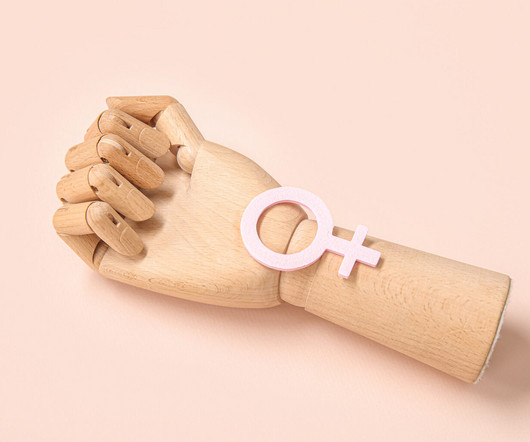A guide to end-of-life planning that doesn’t suck
Work Life
NOVEMBER 9, 2024
A few years ago, when a friend learned that we share a love for Warren Zevon, he told me that he wanted Zevon’s songs “I Have to Leave,” “My Ride’s Here,” and “Keep Me in Your Heart” played at his funeral—in that order. Not only did this conversation prompt me to think about what songs I’d like for my own curtain call, but my friend’s funeral mixtape plans also helped me understand that end-of-life planning doesn’t have to be an exercise in existential nihilism.









Let's personalize your content